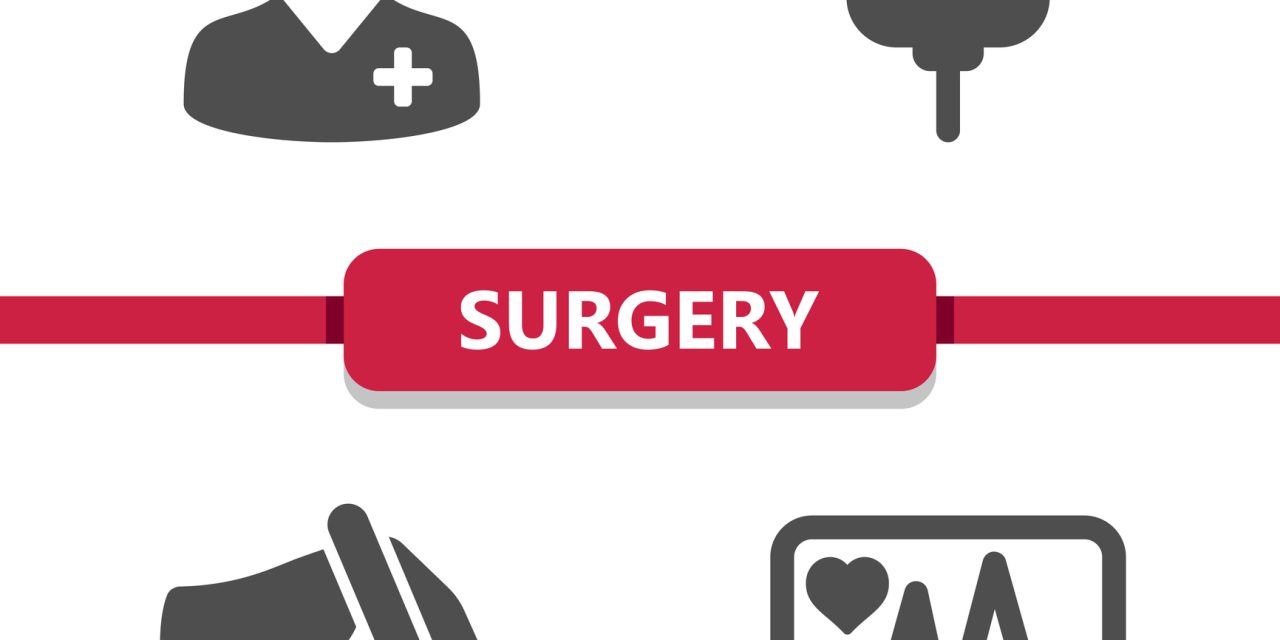The objective of this study was to investigate the efficacy of liposomal bupivacaine (LB) in patients undergoing lumbar spinal fusion. Historically, posterior spinal fusion has been recognized as a particularly painful surgery. Postoperative pain limits early patient mobilization and discharge, and negatively impacts patient satisfaction. Local infiltration of anesthetic agents combined with postoperative multimodal pain management is common. On the basis of existing data, the liposomal formulation of bupivacaine might play a role in promoting faster recovery during the immediate postoperative period. The purpose of this study was to investigate the potential impact of LB on postoperative opioid requirements, ambulation, and duration of hospital stay, as well as potential health care cost savings.
A historical cohort of adult lumbar spinal fusion patients was retrospectively evaluated, in which 105 patients received nonliposomal anesthetic and 105 received LB. Both groups were managed with a standardized postoperative analgesia regimen. Demographic information, opioid consumption, length of stay, distance ambulated, and total cost of inpatient stay were collected.
Although there was no difference in the pain scores between the 2 groups, the LB group was associated with significantly lower opioid usage throughout the postoperative period. More patients in the LB group were discharged within 2 days of surgery compared with the control group (88.6% vs. 38.1%, P<0.05). The control group was able to walk for a longer median distances (175 vs. 150 ft, P=0.02) on the first attempt, however, a significantly larger proportion of the LB group walked within the first 12 hours after surgery (61% vs. 3%, P<0.001). Also, LB usage was associated with $218 higher pharmacological cost compared with the control group but an overall $3035 lower cost for the entire hospitalization (P<0.001).
Adjunctive usage of LB with lumbar fusion surgeries promotes earlier mobility, lower opioid consumption, and shorter length of stay resulting in overall lower health care cost.


